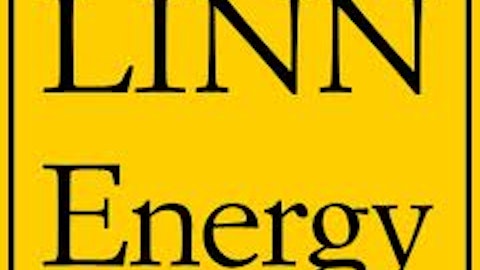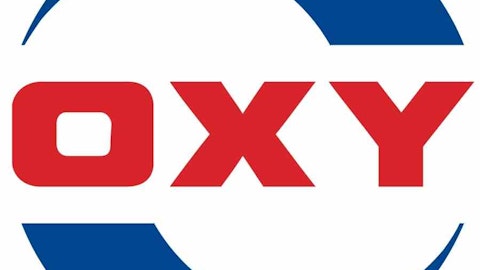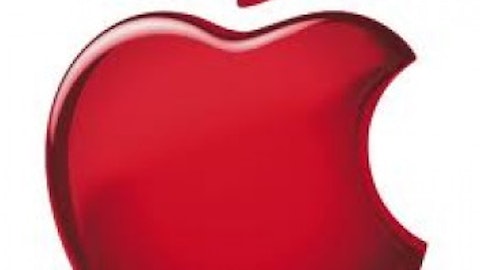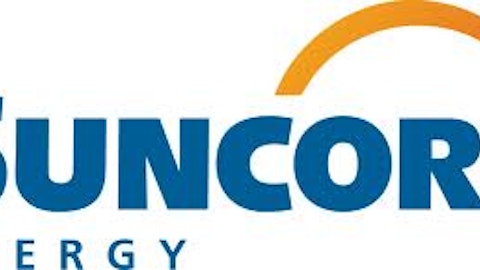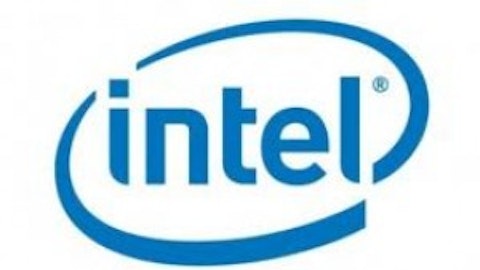Over the last few years, ConocoPhillips (NYSE:COP) was a huge buyer of its own stock. Unfortunately for investors the company has suddenly stopped buying the stock over the last two quarters. Should investors hold onto the stock if the company isn’t buying any more?
After the spin-off of the refining business, Phillips 66 (NYSE:PSX), last year, the company is now a leading independent oil and gas producer. The stock offers a solid 4.6% dividend even if the company no longer returns capital to shareholders via a stock buyback.
The large dividend remains attractive, but investors have several other options in the mega-cap oil exploration sector with similar yields.
Slowing stock buyback
The company that was buying over $3B worth of a stock a quarter has slowed down to virtually no buybacks in the last two quarters of 2012. While the stock hit highs at the end of January, it wasn’t appreciably higher than during most of 2011 and 2012 suggesting that unfortunately valuation isn’t the reason to reduce buybacks.
The below table highlights the net payout yields (NPY) of ConocoPhillips over the last 5 quarters:

Worth noting is that although the company reduced the buyback, it doesn’t necessarily change the competitive position with other exploration stocks that weren’t buying stock. Now though, the dividend yield is a more comparable value.
Saving grace
The major saving grace for holding onto this stock is the other mega-cap stocks in the sector haven’t generally bought back stock outside of Exxon Mobil Corporation (NYSE:XOM). Below is a selection of high yielding, oil and gas exploration stocks.
BP plc (NYSE:BP) – the company has a $137B market cap and a nearly 5% dividend yield. BP has not bought stock in over a year.
Chevron Corporation (NYSE:CVX) – the company has a market cap of $225B and a 3.1% dividend yield. Over the last year, the company has averaged a buyback of around $1B a quarter or 2% of outstanding shares.
Exxon Mobil Corporation – the company has a massive market cap of around $400B and a 2.5% dividend yield. Exxon has averaged a $5B quarterly buyback that amounts to roughly 5% of the outstanding stock on a yearly basis.
TOTAL S.A. (NYSE:TOT) – the company has a $117B market cap and a dividend yield of almost 5%. Total has only purchased a limited amount of stock in the last year.
5-Year Chart –Total Returns
The below chart highlights the total returns of these five oil exploration stocks over the last five years:

COP Total Return Price data by YCharts
Bottom line
While ConocoPhillips previously provided the ideal combination of a large dividend and a substantial buyback, the company has eliminated or at least temporarily reduced the program even as the stock hasn’t performed over the last 5 years. In fact, the stock has been relatively flat to down the last few years making the recent move curious. Typically investors would prefer to see a buyback scaled back as a stock trades at multi-year highs substantially above levels where the company had previously bought stock.
Clearly investors have several choices for high yields in the sector. Even sticking with ConocoPhillips is a possibility with the large dividend. Naturally BP and Total are slightly more attractive with higher yields though the slightly higher NPY of Chevron and Exxon make both stocks the highest yields on the list.
While dropping the buyback is discouraging, the stock still offers a compelling yield to hold onto investors for now.
The article Should Investors Buy ConocoPhillips if the Company No Longer Does? originally appeared on Fool.com and is written by Mark Holder.
Copyright © 1995 – 2013 The Motley Fool, LLC. All rights reserved. The Motley Fool has a disclosure policy.
